We know that prolonged exposure to the sun is not acceptable for three main reasons. 1. The long-wave ultraviolet rays (UVA region) in the ultraviolet rays can not only penetrate the windows and sunshades, but also penetrate the dermis layer, causing the skin to tan, causing damage to collagen and lipids, and causing skin aging or skin cancer. Medium-wave ultraviolet rays (UVB zone), which can reach the dermis, tan exposed skin, causing peeling and erythema. Second, the noon sun can not look directly, otherwise the light is too strong, ranging from dizziness, heavy eye fatigue, resulting in decreased vision over time. 3. There is a lot of heat in the sun, and the heat is too high, which can easily make people dehydrated, especially in hot summer.
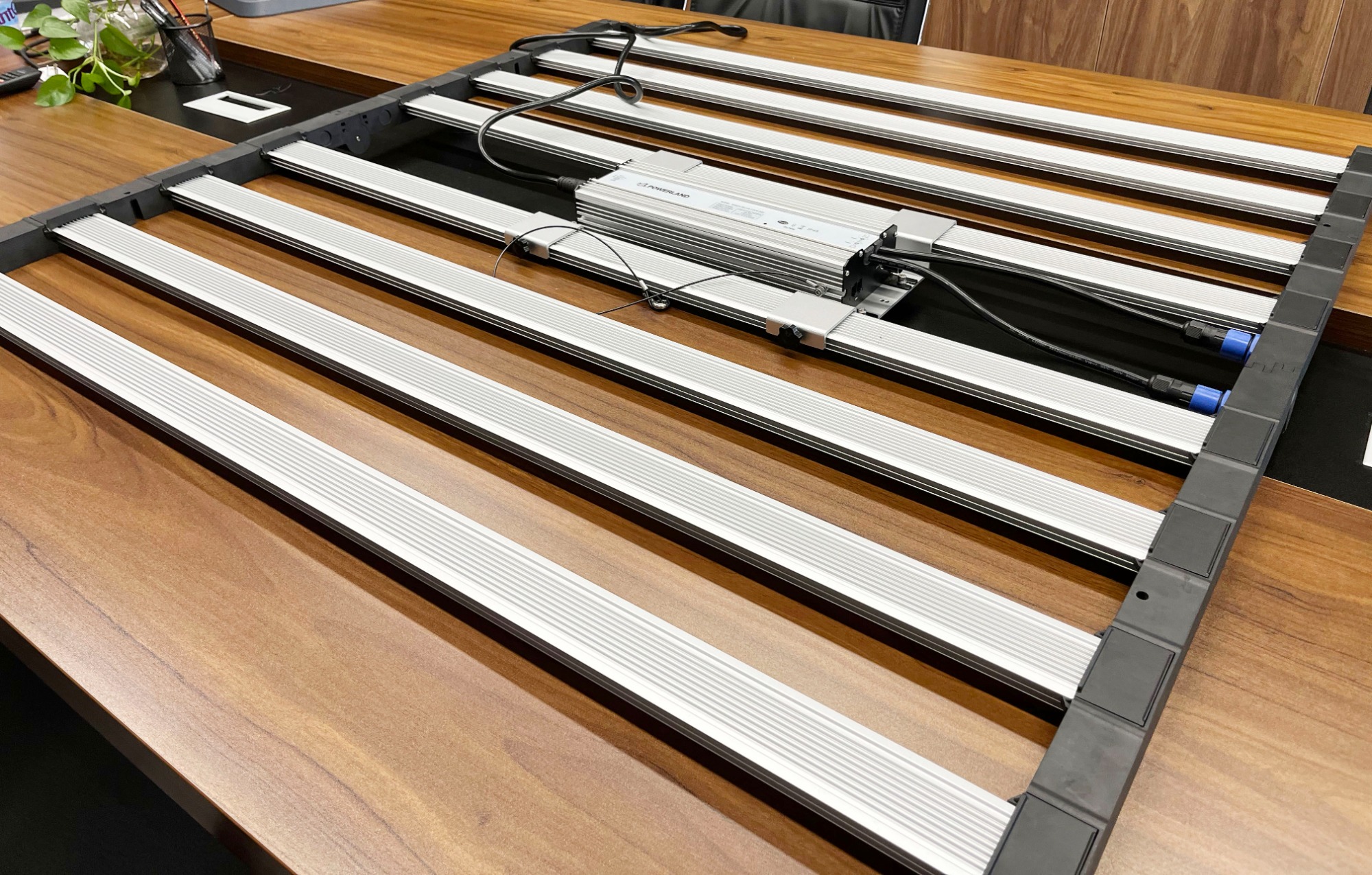
So, since the principle of plant growth lamp supplementary light is made based on the photosynthesis of plants to sunlight, is it harmful to the human body in the process of supplementing light for plants?
Whether plant growth lights are harmful to people depends on what kind of lamps you buy. That is to say, if the spectral ratio of the plant growth lamp you buy is unreasonable, such as products containing UVA, UVB ultraviolet rays, 1000nm~3000nm infrared light that provides solar radiant heat, strong and dazzling light, etc., it will definitely be harmful to the human body during use. is hurtful.
Therefore, in the process of purchasing, you must choose plant growth lights produced by regular professional manufacturers, such as Sincore Lighting, a 28-year-old LED lighting manufacturer.

The LED grow lights produced by Sincore do not contain UVA and UVB ultraviolet rays that are harmful to the human body to avoid skin damage; the cold light source does not contain infrared rays of ≥1000nm to avoid a large amount of heat accumulation; the light intensity considers the comfort of the human eye, and the experience is good.
In addition, based on the specific requirements of different plants for light quality (spectrum), light intensity, and photoperiod, Sincoreled grow lights provide a reasonable and accurate spectral ratio to meet the light needs of different growth stages such as plant growth, flowering, and fruiting; using ceramic heat dissipation Technology, fast heat dissipation, good insulation, long life; professional secondary light distribution, uniform lighting, plants are not leggy.
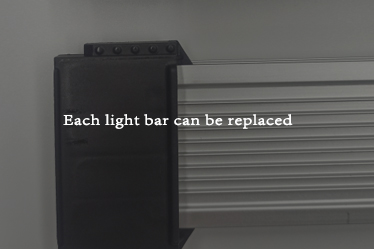 Can ordinary LED lights be used as plant lights?
Can ordinary LED lights be used as plant lights?
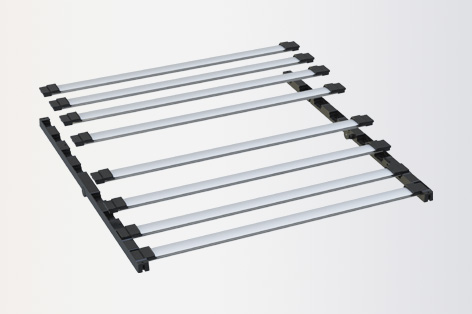 The development trend of LED plant lights
The development trend of LED plant lights
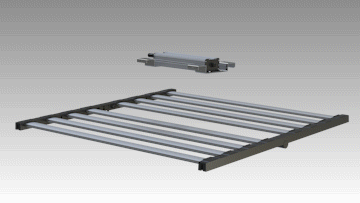 LED Grow Light Market Prospects
LED Grow Light Market Prospects
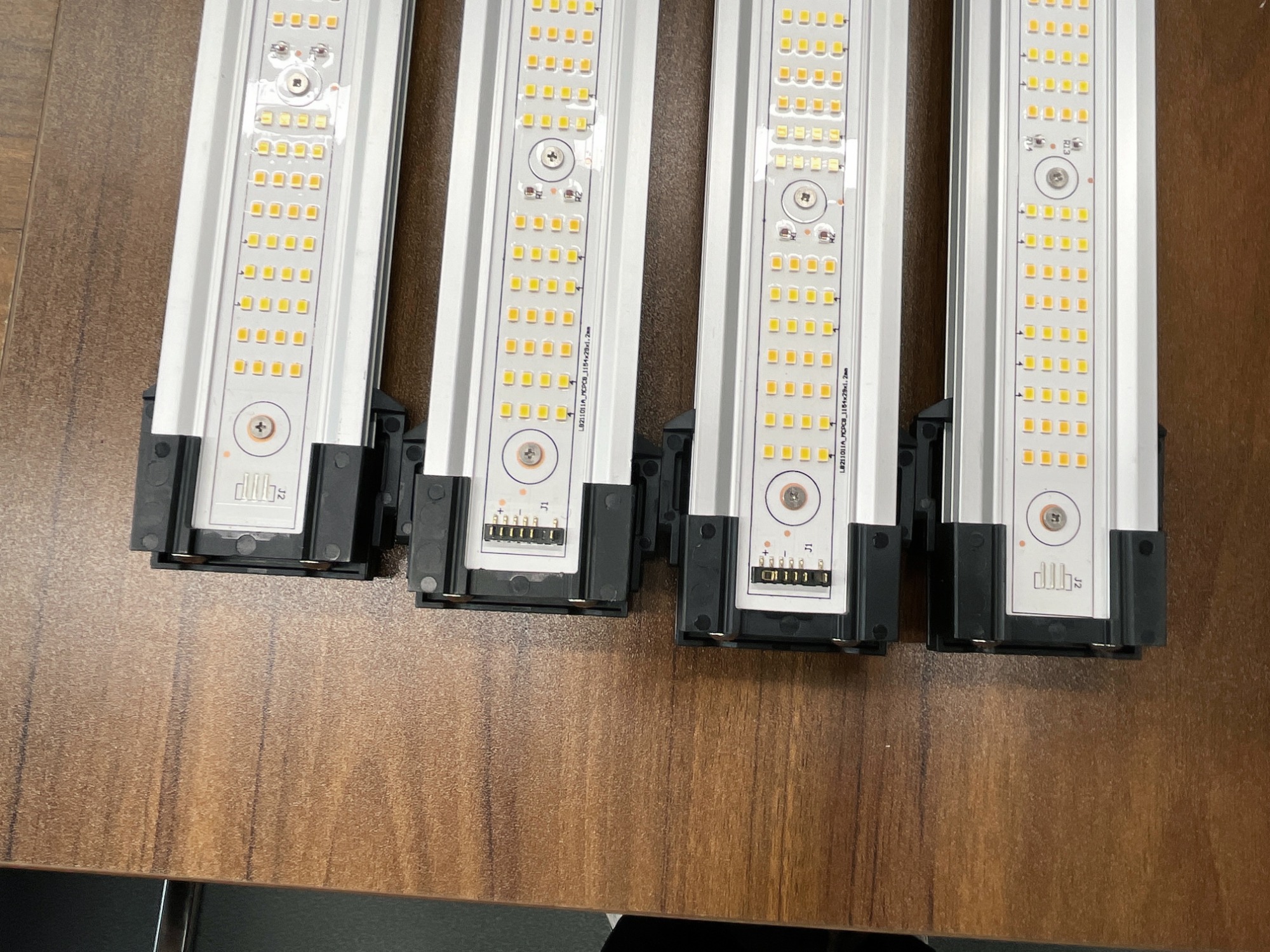 The effect of photosynthesis on plants
The effect of photosynthesis on plants